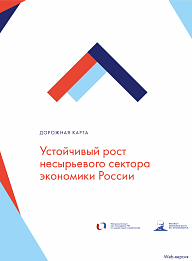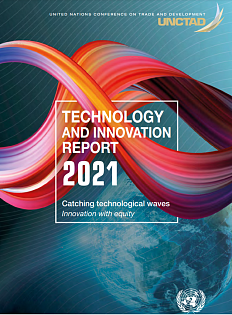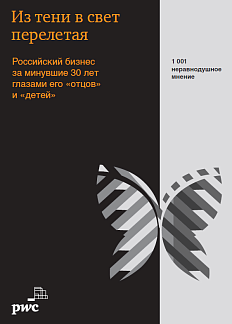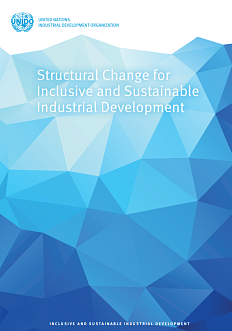The Roadmap was drafted by the Stolypin Growth Economy Institute under instructions from the President of the Russian Federation Vladimir Putin.
Macroeconomic factors necessitating a change in economic policy
Russia’s economy is currently in recession. Despite positive changes in global economic conditions in 2018-2019, internal structural problems (such as internal demand stagnation, growing production costs, high borrowing costs, complicated regulatory environment, inefficient governance, lack of protection for the institution of private property, inefficient judicial system) result in the fact that growing oil prices can no longer ensure a growth in GDP nor in household income.
A comparison of Russia’s GDP growth over the last six years with that of other resource-based economies reveals that Russia’s growth rate is low, standing at the level of Kuwait and Angola.
Change in economic policy priorities
According to the authors of the Roadmap, the assumption that macroeconomic stabilization will restart economic growth turns out to be wrong. In case of a change in the trajectory of the global oil market, with Russia de facto having no alternative revenue sources, even a budget surplus and massive reserves won’t have a positive effect on the country’s economy. Without a proactive policy, the country is losing potential economic growth opportunities while the gap in economic development between Russia and both developed and the largest developing economies is increasing.
Russia’s GDP is projected to grow 1.5 times by 2035 under a ’no-change’ scenario. Meanwhile, global GDP will grow fourfold, and GDP in developed economies sixfold. This means that Russia may drop from 6th to 10th or 11th place by GDP (PPP) and from 52nd to 65th or 70th place by GDP (PPP) per capita.
International experience with designing and implementing growth-oriented economic strategies
The challenge of leading the national economy out of a recession has been faced by numerous countries at various stages of their development. The international practice has accumulated a number of tried and tested strategies for structural changes in national economic policy and for a transition from a stagnation-producing to a growth-oriented model.
In preparing the Roadmap, the authors analyzed main economic strategies of the world’s largest economies, such as Great Britain, France, Germany, China, and Canada. Each of these was found to use similar instruments, namely:
· defining growth locomotives, i.e. priority sectors;
· defining a set of system-wide Growth Economy measures;
· building a Growth Economy based on and aided with management solutions of a Developmental State.
The most effective and time-honored mechanism of shifting from a passive economic policy to a growth policy is based on defining and stimulating a number of priority sectors by creating cluster projects, the so-called growth points.
Stimulating priority sectors via cluster projects (growth points)
The authors have discovered that the format of cluster projects as an instrument of developing priority sectors is the optimal mechanism of creating regional economic growth points because this format makes it possible to test system-wide solutions on pilot projects (cluster initiatives).
A cluster here means a set of enterprises, suppliers of machinery, equipment, and components, specialized services providers, and research and educational organizations which are located in close proximity to each other and cooperate to produce and market their goods and services.
Clusters are different from special economic zones, territories of advanced economic development, and other earlier adopted formats in that they have a common economic concept (the participants are united by COOPETITION, i.e. cooperation chains) and in that a cluster has no geographic limitations because the participants are united by a cluster agreement.
A growth in the non-resource sector is the first priority of the economic policy
According to the authors of the Roadmap, the Russian Federation is currently in a state of ’man-made stagnation’. To lead the country out of this state, the Government and the Bank of Russia should adopt a set of measures aimed at stimulating investment and reducing administrative pressure at two levels:
• sectoral and clusteral (using the instrument of cluster projects),
• system-wide (macroeconomic).
This set of measures will not require unmanageable financing from the budget and will not create additional risks for the economy. At the same time, these measures will make it possible to stop the lag-behind trend, transform the resource-oriented nature of the Russian economy, diversify it, make it technologically advanced and competitive, create millions of modern jobs, and raise the living standards in the country to the highest global level.






